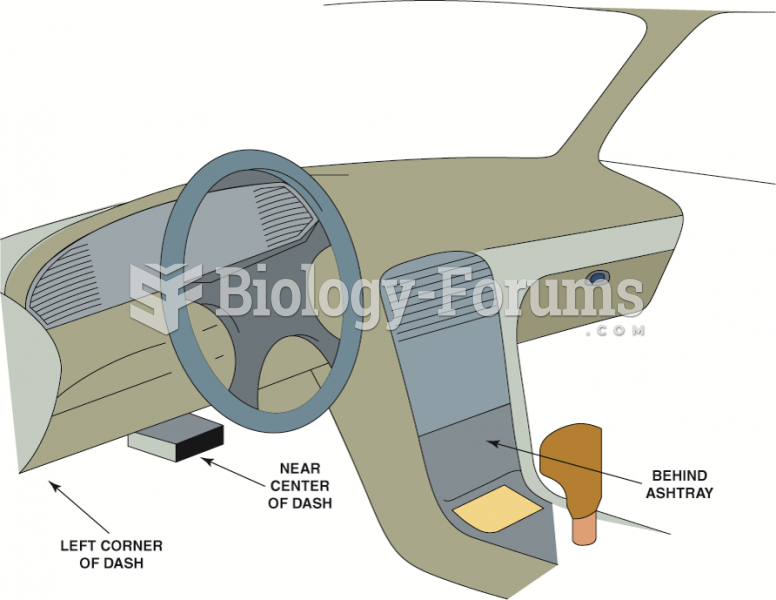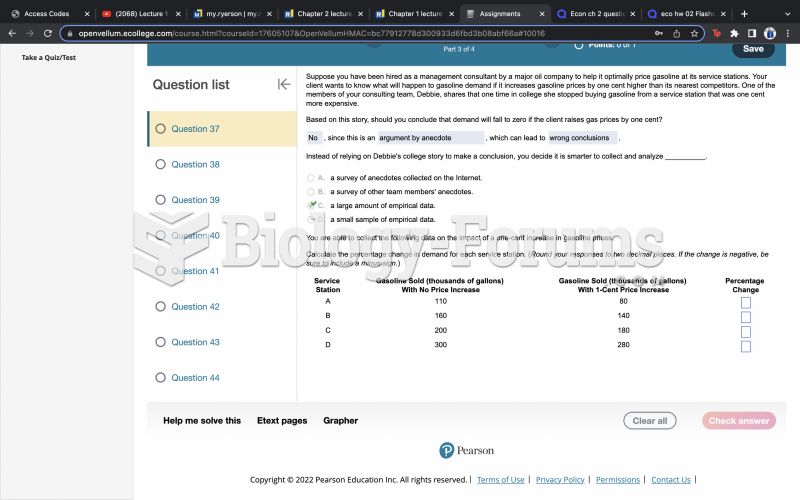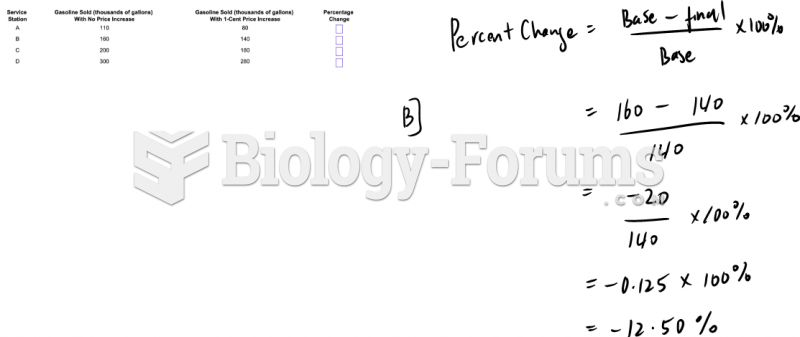Instructions: Refer to the data below to answer the following question(s).
Porcine dynorphin is a neuropeptide having 17 amino acid residues. Its structure is shown below.
TyrGlyGlyPheLeuArgA rgIleArgProLysLeuLy sTrpAspAsnGln
Refer to instructions. What fragments would result if dynorphin were cleaved by trypsin?
Question 2Draw the structure of the product of the following reaction and describe the usefulness of this type of reaction.

Question 3Write the equation for the reaction, using methanol (CH
3OH), that would render the carboxyl group of alanine unreactive.
Question 4Draw and name the structure of the product of the following reaction.

Question 5Instructions: Consider the following structure. Based on this structure answer the following question(s).

Refer to instructions. How many other peptides could be formed from this same combination of amino acids?
a.
3
b.
6
c.
9
d.
12
Question 6Instructions: Consider the following structure. Based on this structure answer the following question(s).

Refer to instructions. Name the peptide using both the three-letter and one-letter codes.
Question 7Instructions: Consider the following structure. Based on this structure answer the following question(s).

Refer to instructions. Circle the peptide bonds.
Question 8Instructions: Consider the following structure. Based on this structure answer the following question(s).

Refer to instructions. Identify the C-terminal amino acid and the N-terminal amino acid.
Question 9Instructions: Refer to the data below to answer the following question(s).
Leucine is an essential amino acid with the systematic name 2-amino-3-methylpentanoic acid. It has pKa1 = 2.36 and pKa2 = 9.60.
Refer to instructions. Leucine is described as an
essential amino acid. What does this mean?







